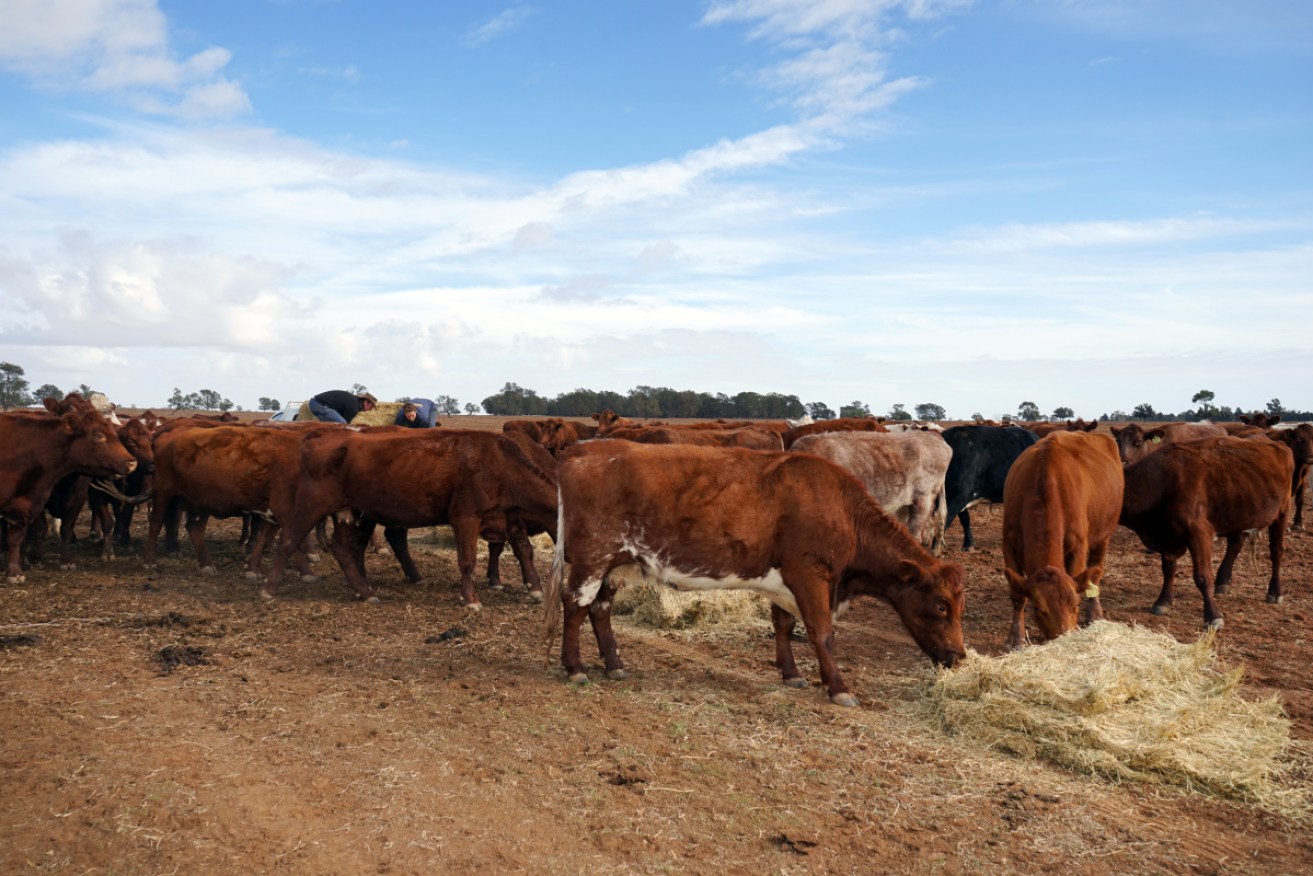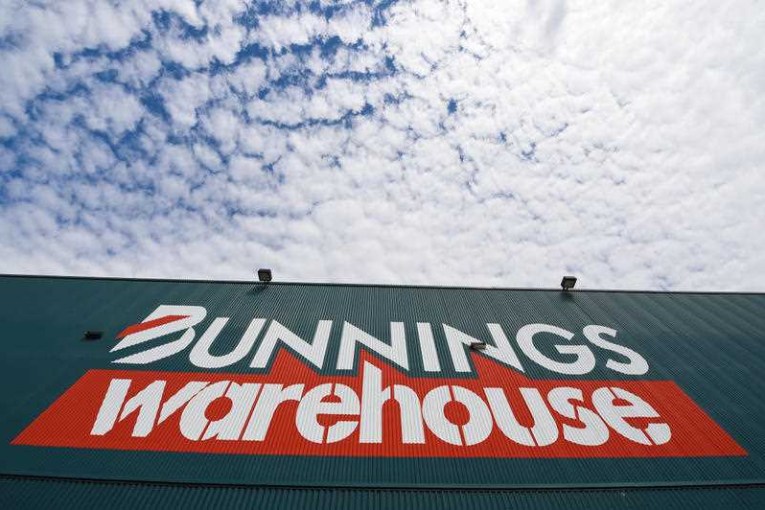Where’s the beef? Cattle prices at rock bottom, but shoppers won’t pay less at the checkout


Scotland and Northern Ireland farmers fear Australian meat will price them out of their UK market. Photo: AAP
Drought-stricken farmers have found themselves forced to sell cattle for less than $100 a head, but that hasn’t translated to cheaper beef prices on supermarket shelves for consumers.
Last month a cattle farmer in northern New South Wales wrote to her local paper, The Coonabarabran Times, about selling 10 cows for just shy of $1000 at the Dubbo saleyards.
“If each cow yielded 100 kilograms of meat, minced, at $10 a kilogram, that gives a value of $1000 per cow after we were paid $97. Where is the justice in that?” Wendy Pickette wrote.
“People in the city are still paying big money for meat and they think we are benefitting from it.”
So with cattle prices at rock bottom, why aren’t shoppers seeing cheaper prices at the checkout? Industry leaders say it’s a combination of third parties, and the country’s drought conditions.
Abattoirs are ‘profit-maximising entities’
The Australian processing industry is increasingly dominated by a handful of major players, with the top five abattoir owners accounting for more than 50 per cent of red meat production.
Scott Waldron grew up on a cattle property and is a senior research fellow at the University of Queensland’s School of Agriculture and Food Sciences with a PhD in agricultural economics.
Abattoirs in Australia are “profit-maximising entities”, with profits “determined mainly by the prices at which they can buy cattle. That’s the way supply and demand works,” Dr Waldron said.
Farmers have little choice but to “stick it out” and absorb the “short-term fluctuations” in price, he said.
“In the short term prices can move 30 per cent to 40 per cent over a couple of weeks, so if farmers are selling at the right time they’re OK.”
Australia’s cattle industry
Beef is a multibillion-dollar industry in Australia. In 2017, Australia was the world’s third largest beef exporter, while domestically, beef consumption per capita was about three times higher than the global average.
As of June 2017, there were 26.2 million cattle at 47,776 farms across the country.
Australian supermarkets generally operate on profit margins of just more than 4 per cent – relatively wide margins compared to their international counterparts – IBISWorld senior industry analyst Tom Youl said.
Meat accounts for about 13.8 per cent of supermarket sales – $14.27 billion in revenue – on an industry-wide average, IBISWorld found.
In 2017-18, beef had the highest share of retail sales of any fresh meat, with the Meat and Livestock Association (MLA) estimating an $8.6 billion domestic expenditure on beef.
Retailers can source meat from wholesalers, or directly from processors to “avoid higher margins”, Mr Youl said.
Drought-stricken farmers ‘doing it tough’
Dr Waldron said he could understand the frustration felt by farmers who found themselves forced to sell their cattle at “very low prices” due to ongoing drought.
Farmers can’t afford to keep up their animals without buying feed so they’re forced to sell,” Dr Waldron said.
“It’s such a widespread drought, so everyone’s doing it tough.”
But while the drought affects the price a farmer sells cattle for to producers at the saleyard, it doesn’t dictate the price consumers pay for the end product.
So while the price for cows at the Dubbo saleyards has dropped to a three-year low – an average of $217 a head for cows as at March 14 – that price reduction likely won’t be passed on by producers to retailers, Dr Waldron said.
A spokesman for the MLA said: “While there is a correlation between saleyard prices and what ends up on retail shelves, there are many supply chain participants such as processors, wholesalers and retailers who impact this final price”.
“This means we do not always see the same size and/or direction of movements in retail that is seen in the saleyards.”
Cash incomes for beef farms at 20-year high
While farmers in drought-ravaged parts of the country are struggling, previous years have delivered better returns, Australian Bureau of Agricultural and Resource Economics and Sciences show.
“In 2016-17 and 2017-18 farm cash incomes of Australian beef-producing farms are estimated to be the highest in over 20 years in real terms,” the bureau said.
“Poor seasonal conditions in 2017-18 are expected to result in an increase in turn-off of cattle for slaughter but total cash receipts are projected to decrease as a result of lower beef cattle prices.”










